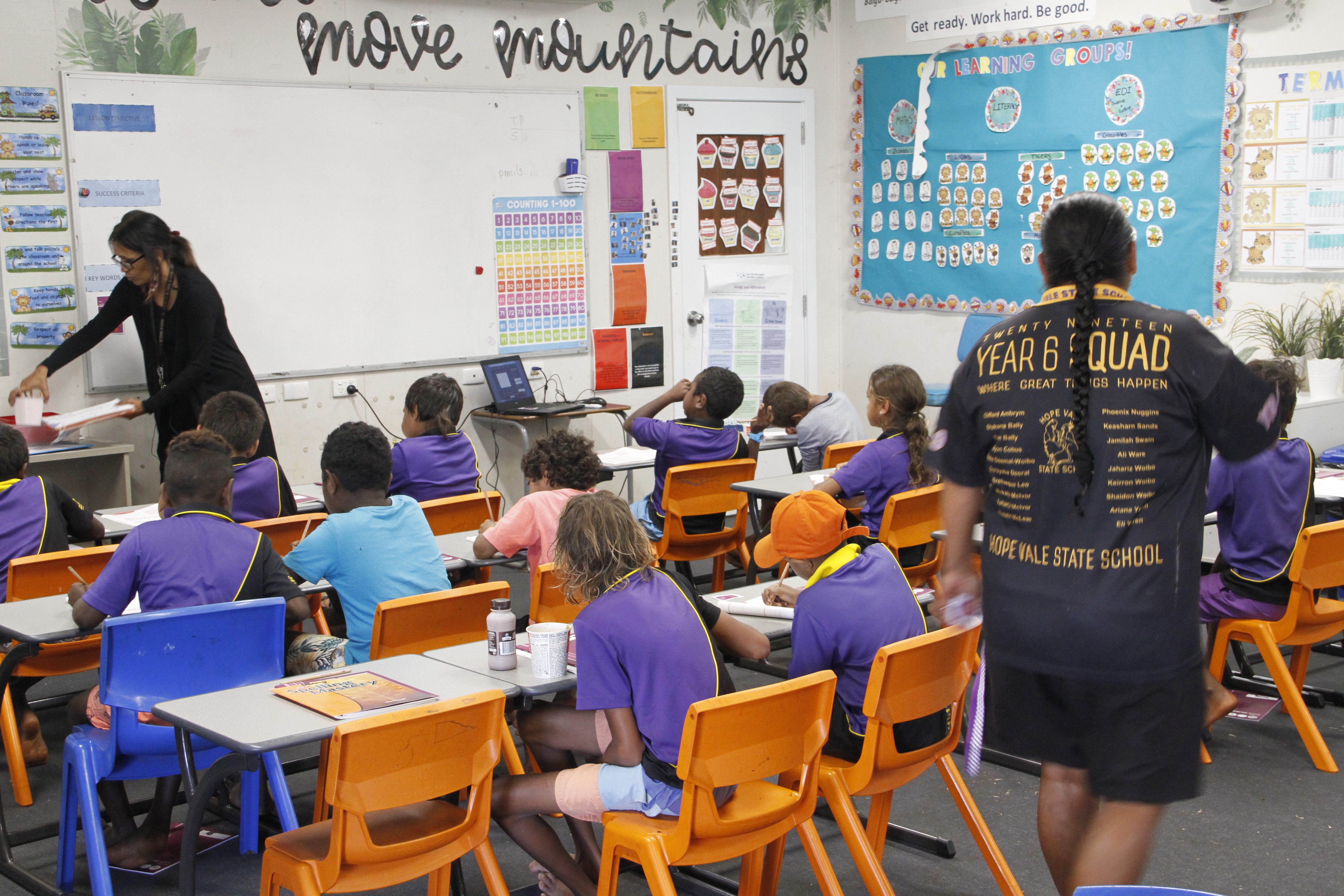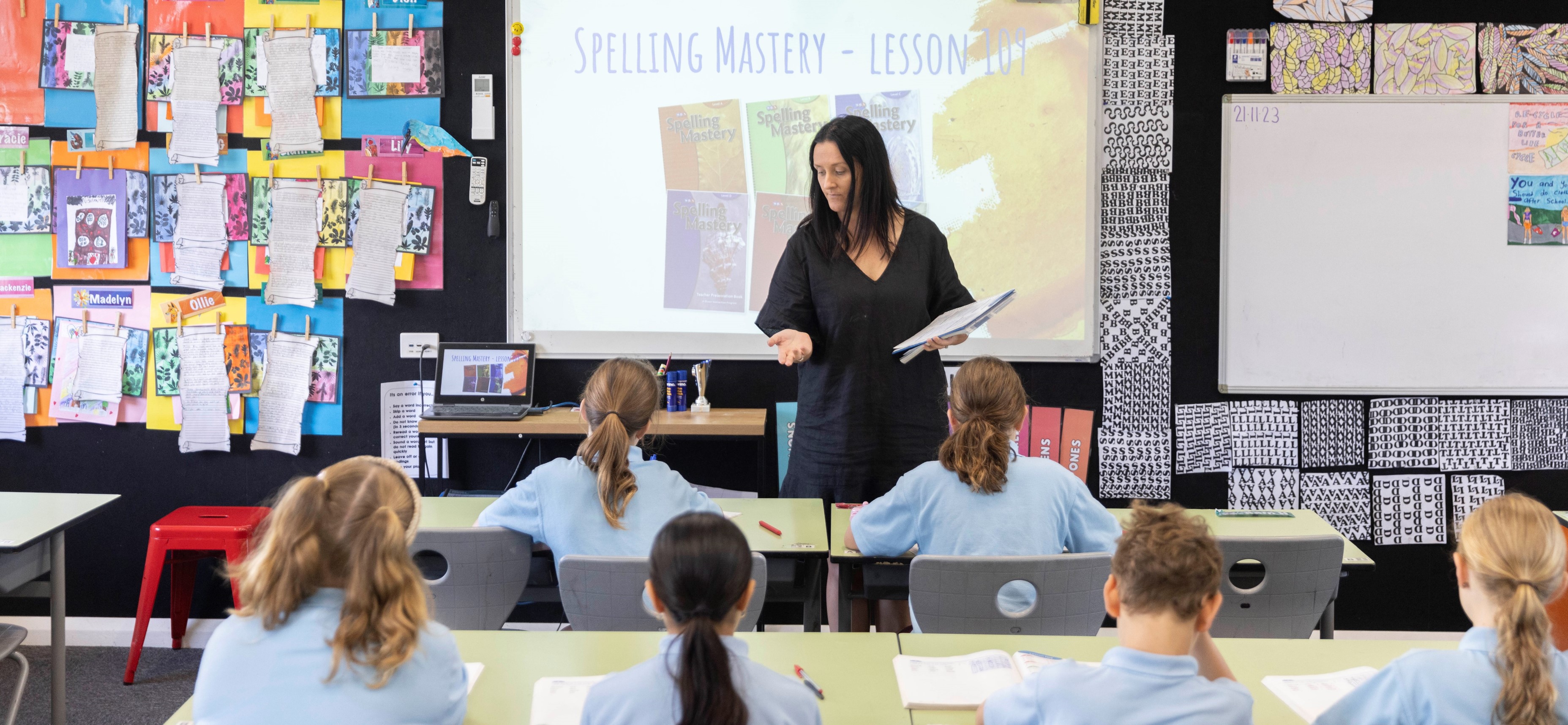What is a School Improvement Plan?
A school improvement plan (SIP) is a comprehensive, strategic plan designed to facilitate and guide the process of school improvement. It encompasses a range of elements essential for fostering effective change in a school’s academic and organisational performance. The SIP is embedded within the broader educational context of a school and takes into account various external and internal factors that can influence its effectiveness.
Key aspects of any school improvement plan include:
• Contextual Understanding: Recognition of external factors such as societal expectations, resource availability, and educational goals that can impact the school’s improvement efforts.
• Improvement Culture: Development of an internal culture within the school that is conducive to improvement. This includes fostering a shared vision, encouraging a willingness to become a learning organisation, ensuring staff stability, and building internal motivation for improvement.
• Strategic Processes: Implementation of structured processes at the school level. This involves assessing improvement needs, setting detailed goals, planning improvement activities, implementing these plans, and regularly evaluating and reflecting on the progress.
In this article we will explore the concept of school improvement plans in detail referencing influential research in the field. We will delve into the importance of SIPs, their main objectives and key components. Then we will move to a step-by-step guide into how to create an effective school improvement plan followed by a discussion on the key challenges school leaders may anticipate when developing and implementing such plans.
Why is developing a high-quality School Improvement Plan important?
The study by Kenneth E. Fernandez, “Evaluating School Improvement Plans and their Effect on Academic Performance”, was the first to examine the actual correlation between SIP quality and student academic outcomes (particularly in math and reading). The research indicated that for every one-point increase in the school improvement plan quality score, there was an associated 0.111-point increase in average math scores.
These findings become even more compelling when we consider the comprehensive nature of the study. Fernandez’s research didn’t merely skim the surface; it delved into a variety of factors influencing school performance, including socioeconomic conditions and school-specific characteristics. Despite these variables, the quality of the SIP consistently emerged as a critical component in boosting academic outcomes.
The implication is that when crafting an SIP, attention to detail and a commitment to quality can yield significant dividends in student learning and achievement, transforming these plans from bureaucratic requirements to catalysts for academic growth.
What are the main goals of a school improvement plan?
1. Goals Explicitly Stated in Terms of Student Outcomes
This aspect of SIP focuses on tangible, measurable student achievements. The scope of these goals is broad and includes various facets of learning and development. For instance, a SIP might set objectives for improving reading comprehension scores among middle school students or enhancing problem-solving skills in mathematics. Beyond academic achievements, SIPs may also set goals for socio-emotional learning, like improving student engagement or enhancing collaborative skills. This holistic approach ensures that the SIP addresses the full spectrum of student development, preparing them for academic success and life beyond school.
2. Goals Focused on Change
This facet of SIP deals with improvements in school infrastructure, teaching methodologies, and resource management. Change-oriented goals might include updating the curriculum to make it more relevant and engaging, incorporating technology effectively into classrooms, or improving the school’s learning environment to make it more conducive to student success. These goals also extend to teacher development—such as professional training to adopt new pedagogical strategies or fostering a culture of continuous improvement among the staff. By setting goals around these areas, SIPs aim to create a dynamic and responsive educational setting that continuously evolves to meet the changing needs of students and society.
Both types of goals in a SIP are intricately linked. Goals focusing on student outcomes drive direct benefits for the learners, while goals centred on change provide the necessary foundation and support for achieving these student-oriented objectives. This dual focus ensures that improvement efforts are balanced, addressing immediate needs while also building capacity for long-term, sustainable growth and excellence in the educational environment.
How to create an effective School Improvement Plan: Step by Step Guide
Drawing on Reezigt and Creemers’ research, developing a comprehensive school improvement plan involves a systematic, cyclical process. Here are the five key steps, elaborated in their comprehensive study to guide school leaders through the process:
Step 1: Assessment of Improvement Needs
Starting Point: Begin by identifying why improvement is needed and establish the school’s current position. This phase may involve self-assessment or external audits, concluding when problems requiring resolution are diagnosed.
Understanding the ‘Why’: This initial assessment is critical in setting the direction for improvement, ensuring that the focus aligns with actual needs rather than perceived ones.
Step 2: Diagnosis of Improvement Needs and Setting Detailed Goals
Goal Definition: After assessing needs, break down general goals into specific, detailed targets. These targets should be realistic, achievable, and measurable.
Guidance for Action: Detailed goals serve as indicators of success, guiding those involved in the improvement efforts. They should align with the school’s broader educational objectives.
Step 3: Planning of Improvement Activities
Developing a Blueprint: In this phase, decide on the required time, priorities, strategies, and the roles of various stakeholders in the improvement process.
Inclusive and Detailed: The planning phase should consider factors like the involvement of external agents, division of tasks among staff, incentives, and how results will be disseminated. This comprehensive planning sets the stage for effective implementation.
Step 4: Implementation
Putting Plans into Action: The most substantial phase, implementation, involves actualising the planned activities. Regular feedback is crucial to ensure the success of this phase.
Engagement and Adaptability: Successful implementation requires engaging a broad range of staff and staying adaptable to feedback and challenges.
Step 5: Evaluation and Reflection
Measuring Success: Evaluate whether the improvement goals have been met, utilising both self-evaluation and external evaluation methods.
Continuous Learning: Reflection on the process and outcomes is vital. It informs future cycles of improvement, ensuring ongoing development and adaptation.
The cyclical nature of this process emphasises that school improvement is continuous and dynamic. It requires coordination at the school level, involving teachers, leaders, and often external stakeholders. The process is not linear but rather iterative, allowing for ongoing development and refinement in response to feedback and changing circumstances.
Key Challenges in Developing and Implementing a School Improvement Plan
The research by Meyers and VanGronigen provides critical insights into the challenges faced by school leaders in developing and implementing school improvement plans. This study focused on 364 short-cycle school improvement plans submitted by principals of 134 low-performing schools, revealing prevalent challenges and satisficing behaviours—where the aim is to meet minimum requirements rather than to optimize. Here are the key challenges highlighted in their research:
Authenticity in Plan Development
One of the foremost challenges is the tendency towards inauthentic plan development. This includes a formulaic approach to SIPs, often driven by bureaucratic requirements, which may result in plans that are technically compliant but lack depth and contextual relevance. Plans sometimes mirror each other within districts, indicating a lack of customization to each school’s unique context.
Focus on Test Scores Over Holistic Goals
A significant number of SIPs prioritise improving test scores as the main goal, overshadowing other essential aspects such as school climate or instructional quality. This narrow focus can lead to the neglect of broader educational objectives and fails to address the underlying issues that affect student performance.
Insufficient Consideration of Timelines and Responsible Individuals
Many SIPs exhibit poorly considered timelines and a lack of clarity about who is directly responsible for implementing various parts of the plan. This lack of detailed planning can lead to ineffective execution and missed opportunities for improvement.
Repetition and Lack of Progress in Plans
The study found that many SIPs are simply resubmissions of previous plans with little to no evidence of progress or adaptation. This repetitive approach suggests a lack of engagement with the planning process and a failure to evolve the plan based on previous experiences or changing needs.
Underutilisation of Available Resources
Identifying and effectively using available resources is another challenge. The study observed that SIPs often failed to explicitly list key resources needed for the implementation of action steps, indicating a gap in thorough planning and resource management.
These challenges underscore the need for school leaders to engage more deeply with the SIP process, moving beyond mere compliance to develop plans that are contextually relevant, strategically focused, and dynamically adapted to their school’s evolving needs. It calls for a balance between meeting external requirements and crafting plans that genuinely address the unique challenges and opportunities within each school.
To address these challenges, it’s imperative for school leaders to not only be aware of these common pitfalls but also to actively seek resources that can guide them in crafting more effective and impactful SIPs. This is where our host of free school improvement resources comes into play. These resources are designed to equip current and emerging leaders with the necessary tools and insights to drive meaningful change in their schools. Click the button below to sign up for free and start using GGSA’s 100’s of school improvement resources.



